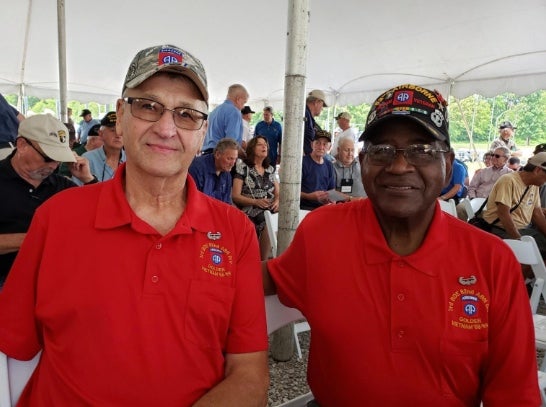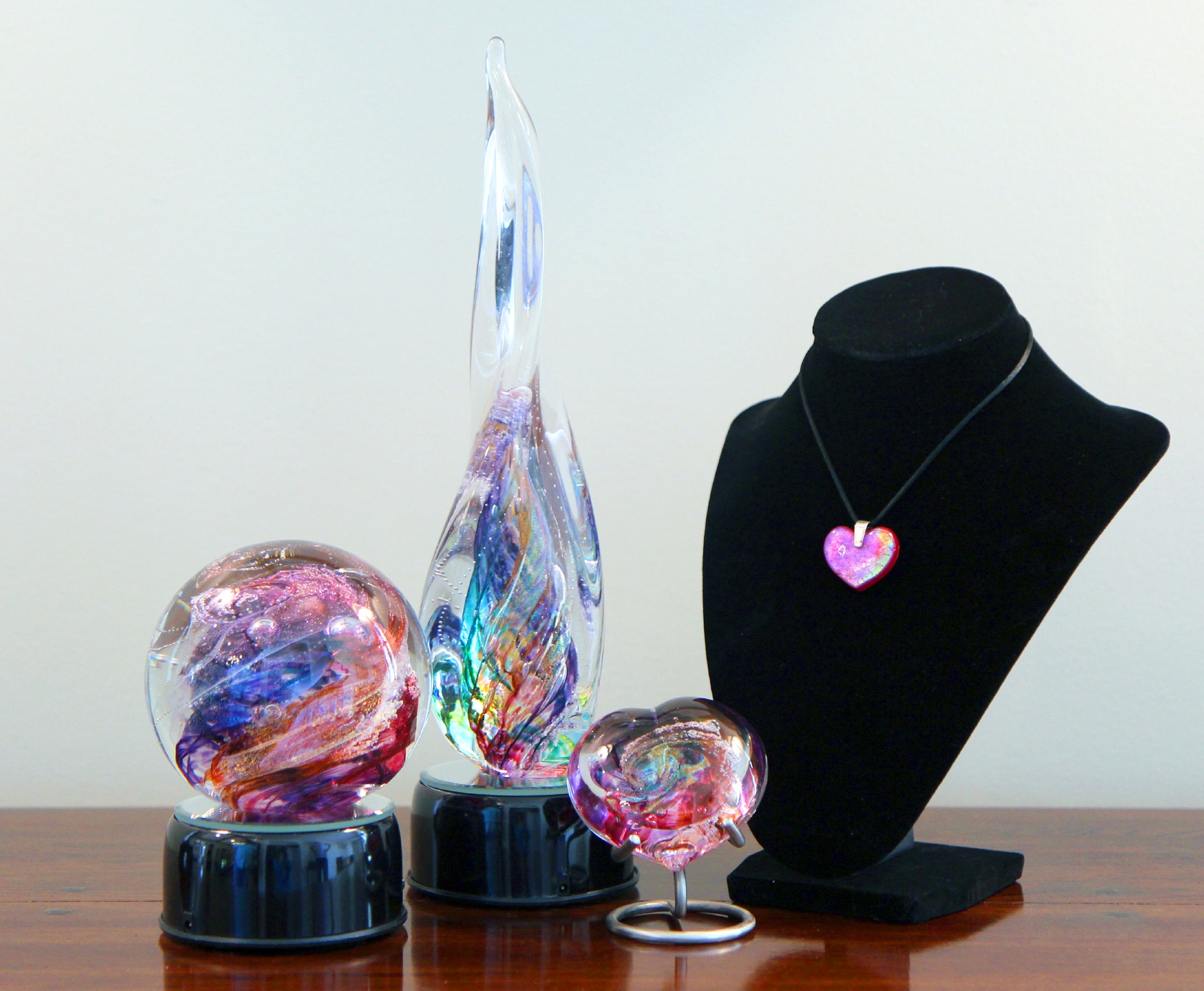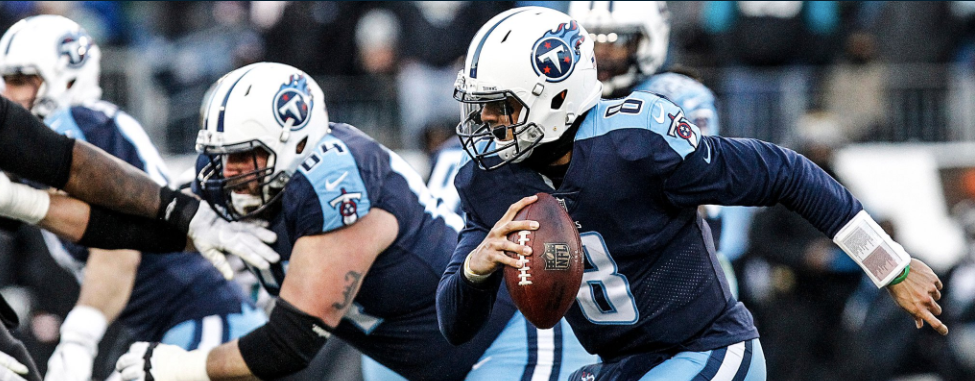The racial divide of Baton Rouge
Published 11:20 am Monday, July 11, 2016
BATON ROUGE, La. (AP) — “Pink Lives Matter” and “I can’t breathe,” the Mardi Gras parade float proclaimed as it rolled through Louisiana’s capital city, showing a flamingo being beaten with a police baton.
The racial divide in Baton Rouge is as old as the city itself. And its annual parade in the Spanish Town neighborhood often features crude humor. But this year, critics said, participants crossed the line with these signs and slogans, referencing the parade’s pink flamingo symbol, the Black Lives Matter movement and the last words of Eric Garner, a black man who died after a confrontation with New York police.
In Baton Rouge, an invisible, informal line segregates the community, dividing the southern white section from the mostly black part in the north. Breakaway school districts have formed. Some in the south end want to take things further by breaking off completely and forming a new city, St. George.
The division has become even more stark since the shooting death last week of Alton Sterling, a 37-year-old black man, at the hands of two white police officers. Activists, protesters and residents said the incident — captured on video that spurred national attention — exposed longstanding inequities in police relations, economics and daily life. Over the weekend, police nearly 200 arrests in Baton Rouge. Riot police in full gear stopped a group attempting to walk onto the interstate — a tactic that activists have increasingly tried as protests are held nationwide.
“Baton Rouge is a horribly racist place,” said Jasiri Basel, the 37-year-old founder of OurBR.Org, a community group that tries to empower black youths. “You essentially have a divide, a physical divide, in this city.”
Basel was among mourners and protesters who have gathered regularly at the site of Sterling’s death — outside a convenience store on a commercial thoroughfare of a working-class, predominantly black neighborhood.
Black neighborhoods have been “willfully neglected” by city government, said Mike McClanahan, president of the NAACP branch in Baton Rouge, where 54 percent of 229,000 residents are black. He cited the closing of a state hospital and high schools in neighborhoods where blacks moved after whites fled to the suburbs.
“The resources that normally would have come to this side of town didn’t come,” he said.
Poverty also comes into play — 31 percent of Baton Rouge’s black residents live below the poverty level compared with 17 percent for whites, according to census data. Higher education is a problem, too, McClanahan said. The state’s flagship Louisiana State University, with its overwhelmingly white student body, is in south Baton Rouge. The historically black Southern University is in the north.
But when black students graduate, they can’t expect to find work in Baton Rouge, he said.
“Our families are broken up because they have to go to Houston, Atlanta, to find a job,” he said. “The best and brightest white kids get to stay here.”
It’s no secret in Baton Rouge that blacks believe they’re treated unfairly, said state Rep. C. Denise Marcelle, a black woman. Marcelle, a former city council member running for mayor, described “problems from as far back as I can remember” and distrust in the black community for the police.
In April, an officer was placed on administrative leave after a video spread on social media showing him pinning a black 16-year-old boy to the ground and punching him at an Earth Day festival, Baton Rouge media reported. Police said an internal investigation was launched. The results haven’t been made public.
The Rev. Raymond Jetson, a former lawmaker and now pastor at a church four blocks from the scene of Sterling’s death, doesn’t dismiss police racism as part of the problem (“I have been called the N-word by a law enforcement official,” he said), but he pointed to other issues, such as a lack of economic opportunities.
Sterling — a father of five — made a living by selling CDs in front of the convenience store, Jetson noted. “You should not be surprised to find a man of color selling CDs at night to support his family in north Baton Rouge,” he said. “Until we as a community are ready to wrestle with those issues, then we’ll keep dancing around incidents like this until the anger dies down and something else happens to gain our attention.”
The solution is not for the white, southern part of Baton Rouge to create its own city, critics of the effort say. They fear it would promote the flight of more affluent white residents to the new St. George, where proponents say they’d establish an independent school system. Supporters deny any racial motive. A petition effort to trigger a vote failed last year, but a renewed attempt is expected next year.
Some residents — white and black — say they see improvements in Baton Rouge. Race relations have come a long way since Heyward Jeffers, now a 69-year-old lawyer, was a child in segregated schools where open racism was common, he said. Jeffers — who is white — pointed to East Baton Rouge Parish Mayor-President Kip Holden, a black man elected to three terms by a majority-white electorate.
Some say the police department in particular has made improvements. Baton Rouge police came under fire after Hurricane Katrina, when thousands of New Orleans evacuees came to the capital city. Police from various states assisted Baton Rouge, and troopers from New Mexico and Michigan accused police there of harassing blacks, using unnecessary force and conducting illegal searches. The Justice Department later cleared Baton Rouge police.
Sterling’s death isn’t symptomatic of larger problems in the police department, said state Rep. Ted James, a black attorney in the city. He’s criticized the shooting, calling it “murder,” but he said he trusts Baton Rouge police and the district attorney.
“They’ve done a great job at bridging relationships in the community,” James said. “I have friends on the force, and they talk to me all the time about the level of sensitivity training, they talk to me about the level of diversity training that they have.”
It speaks well of Baton Rouge that no violence has happened there in response to the shooting, said the Rev. Lee Wesley, a black member of the community organization Together Baton Rouge.
“It’s evident of the kind of community that we have that blacks and whites come together, citizens and public officials, to do what is the right thing to do, to have some resolution to this,” he said.
__
Associated Press reporters Kevin McGill and Rebecca Santana in New Orleans contributed to this report.




